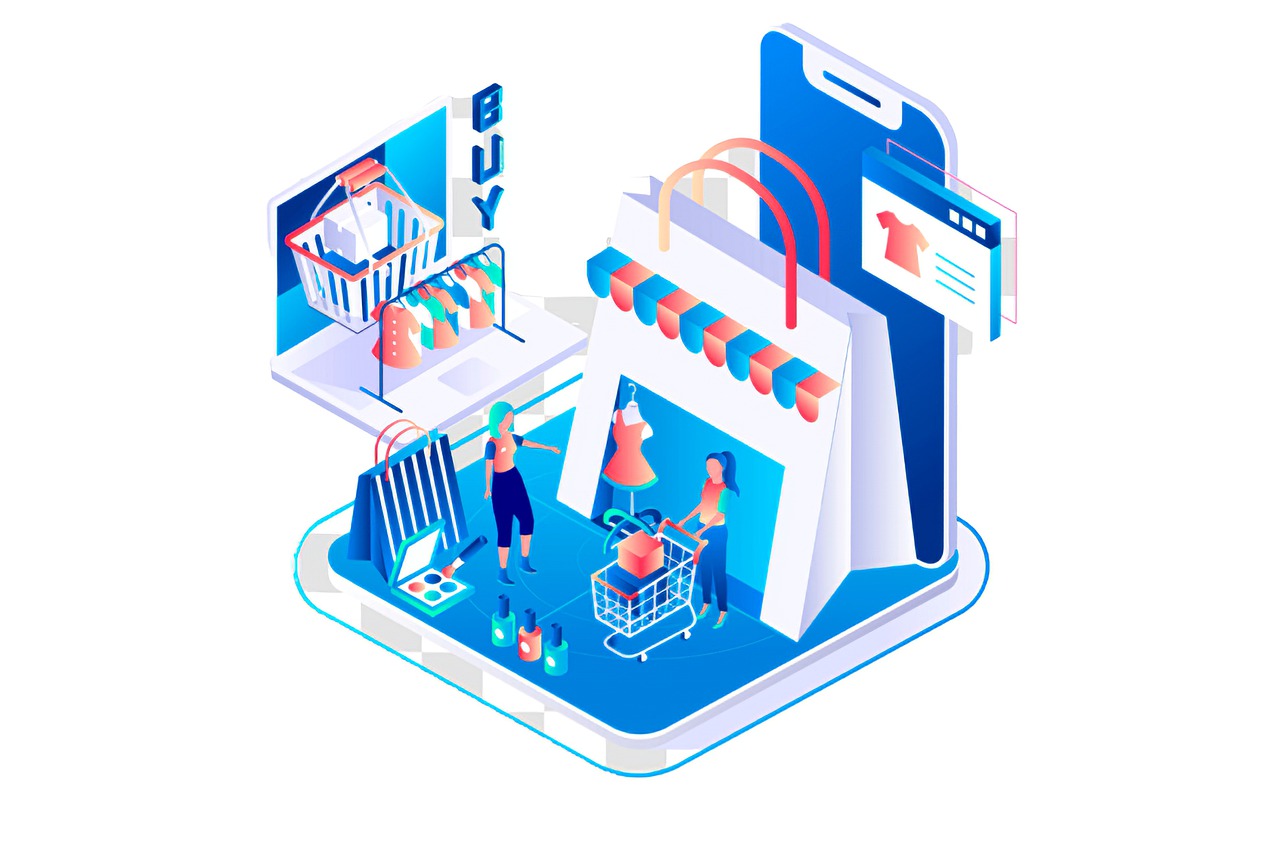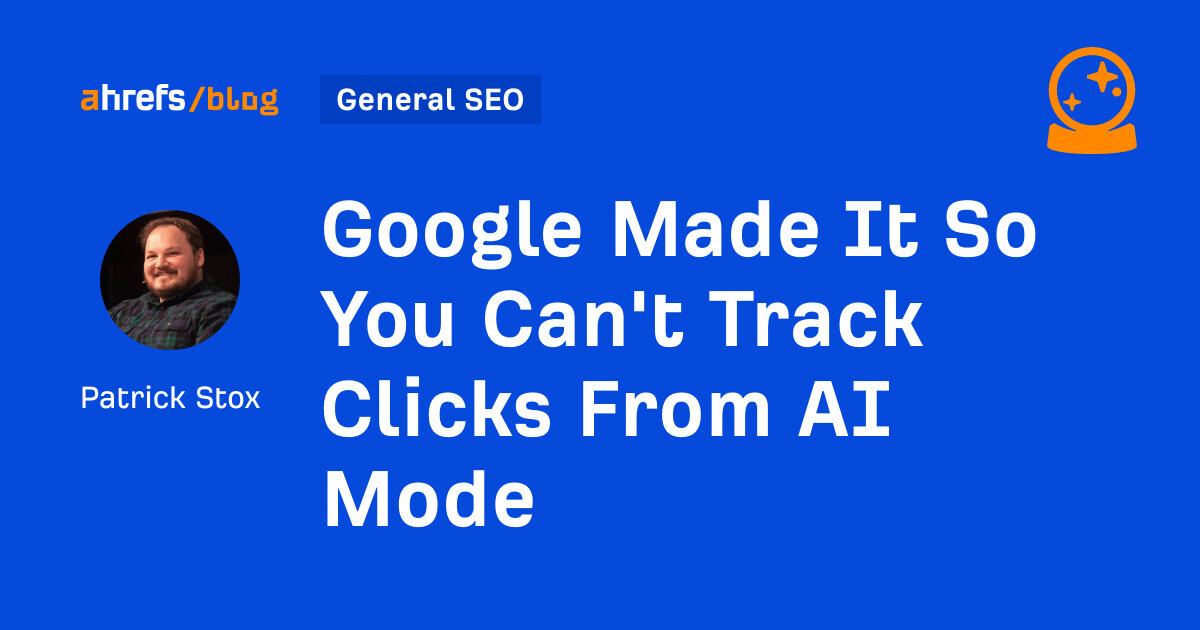Easy Fixes That Can Boost Your Ecommerce Sales Right Now
Your online store really isn’t doing as good as you had hoped. Sales are stagnant. Visitors browse but don’t purchase. You are pumping money into marketing, but visitors aren’t converting. The biggest issue for most ecommerce store owners is...

Your online store really isn’t doing as good as you had hoped.
Sales are stagnant. Visitors browse but don’t purchase. You are pumping money into marketing, but visitors aren’t converting.
The biggest issue for most ecommerce store owners is that they face this exact problem. The good news? You don’t have to overhaul your entire site or shell out thousands to consultants to see dramatic changes.
Here are five simple fixes that deliver incredible results every time.
#1 Clear CTA (Call to Action)
Your calls-to-action buttons may be derailing your conversions without you even knowing it.
Many ecommerce companies, have undefined, uninspiring CTAs. “Click here” or “Submit” does not exactly encourage customers to click.
Injecting urgency into your CTAs can lead to a 332% increase in conversions.
Modifying a button from “Add to Cart” to “Secure Yours Now – Limited Stock” can instantly improved click-through rates.
So does placement, an enormous measure. Placing the CTA button at the bottom of your product description after the customers have digested all the product details can increase your conversions by 70%.
Another strong benefit is presented by personalization. Customized CTAs outperform general ones by 202%. Think about how much more interesting the “Get Your Custom Plan” sounds compared to the plain “Sign Up.”
Color psychology comes into play as well:
Red invokes a sense of urgency and excitement.Green means safety and permission to continue.Orange and yellow capture attention effectivelyWhen placing CTAs throughout your site consider the following proven strategies:
Get time pressure: “Shop Today – Sale Ends at Midnight”Highlight scarcity: “Get Yours – 7 Left in Stock”Focus on value: “Save Money Now” as opposed to “Sign Up”Use first person when you can ‘Reserve my spot’ not your spot.Your CTA should be clear about what you do next, and your readers should understand that. Confusion breeds doubt, doubt is the enemy of conversions.
#2 Product Reviews
You’ve written the perfect product descriptions. You have chosen beautiful products images. You believe in your products.
But your clients need more than your word.
Nowadays consumers are skeptical. They want to be validated by other people who have already bought and used your products.
And the numbers speak for themselves: 94% of consumers would buy from a brand with good reviews. Products with reviews are 270% more likely to be purchased. Almost all consumers read online reviews before making a purchase, and 85% will trust them as much as personal recommendations.
Reviews aren’t just instrumental when it comes to building trust – they also provide some nice SEO gains. Every review contributes original, keyword-rich content to your product pages – which helps grow your search rankings.
#3 Money-Back Guarantees
Even when a new customer seeks your product out, they may hesitant.
For many, this hesitance is driven by the core fear: “What if I’m wrong?”
Your prospective customer is considering the trade-off between the possibility of being let down and their desire for what you’re offering. Money-back guarantee directly takes this concern away from the customer.
When you back up what you sell with a guarantee, you convey confidence in its quality. This is often the comfort that is required to turn those that are browsing tentatively, into buyers.
Look at how eBay changed online shopping with their Money Back Guarantee. This straightforward approach is designed to give buyers the certainty that they will get either the item they ordered or a refund. This guarantee has helped create the trust required for billions of transactions between strangers to take place.
The psychological impact is strong: when customers realize that they can return something they don’t love, they feel less risk in the buying decision. Ironically, the sense of security often causes FEWER returns, not more, as buyers do not feel as much pressure about the decision they have made.
How to add a relatable and effective money back guarantee to your store:
Use clear, straightforward languageSpecify the timeframe (30, 60, or 90 days are standard options)Outline a simple return processDisplay your guarantee prominently near your CTAsConsider confidence-building phrases like “No questions asked” or “Hassle-free returns”Your guarantee not only diminishes returns, it also transcends a psychological wall that is holding purchases back in the first instance.
#4 Secure Checkout Process
Your client has discovered the ideal product. They’ve read the reviews. They’re ready to buy.
Then they get to your checkout page… and something feels off.
This is where a lot of ecommerce sales ultimately crumble. Cart abandonment rates are about 70% currently, and many people abandon their carts due to security concerns.
Your customers are right to be wary. With data breaches in the news every week, consumers are more protective about where they share their financial information.
Avoiding these security issues is not just a technical necessity it’s an essential marketing plan that effects your P&L.
Based on my experience working with dozens of ecommerce clients, I’ve discovered these (and many other) key components of a secure, conversion-optimized checkout:
Visible Security Indicators
Show SSL certs, Norton Secured, McAfee Secure, or other badges of trust well. According to a study, 61% of customers have not made a purchase because they could not see familiar security icons.
Several Trustworthy Means of Payment
Provide payment types such as PayPal, Apple Pay, and other recognized methods that give customers an extra sense of security. A lot of shoppers are more comfortable doing business with these trusted middlemen.
Streamlined Form Fields
Each extra field in your checkout form adds friction and abandonment. Request only the information you need and look into address verification to minimize handwritten entries.
Clear Progress Indicators
Display customers’ position in the checkout and how many steps are remaining. Anxiety is caused by not knowing, and not by deciding to keep on loving or to abandon.
Consistent Branding Elements
Keep your product and checkout pages visually consistent. Dramatic changes in the design will be a cause for suspicion and will destroy trust.
#5 Enhanced User Experience on Desktop and Mobile
Your website is great on your desktop.
But that’s not how most of your customers see your website.
Mobile shopping now makes up approximately 73% of all online sales. If the mobile shopping experience you offer your customers feels like an afterthought, you risk losing huge revenue.
Too many business owners design for desktop first and then scramble to retrofit that experience on a smaller screen. This is a strategy that leaves friction points that force mobile customers out.
Design for Mobile First, then Desktop.
To optimizing for both ecommerce desktop and mobile experiences, here’s what to focus on:
Intuitive Navigation
Complicated navigation systems create way too much content for users to digest on small screens. Put efficient search, sensible categories and pages at your customer’s disposal!
Lightning-Fast Loading Speed
Users on mobile typically have slower connections and less of a tolerance for delays. Studies also found that every extra second in loading time leads to a 7% increase in bounce rates. Use speed optimizations including: optimize images, minify code, and browser caching.
Thumb-Friendly Interface
Design for physical interaction in the mobile experience. Put your core points in the natural “thumb zone” and use big touch targets to prevent a user from accidentally tapping the wrong thing.
Final Thoughts
Few big breakthroughs above can lead to success in ecommerce.
More frequently than not, it comes down to removing and addressing all the small obstacles that stopped the customer from completing the purchase they already wanted to make.
They reduce friction. They build trust. They create motivation. They help to lessen the customers’ anxiety so they can buy with confidence.
So, what is the one thing you are going to upgrade/fix first?

 BigThink
BigThink 



















![The 2026 AI Search Benchmark Every SEO Leader Needs [Webinar] via @sejournal, @lorenbaker](https://www.searchenginejournal.com/wp-content/uploads/2025/11/1-259.png)












